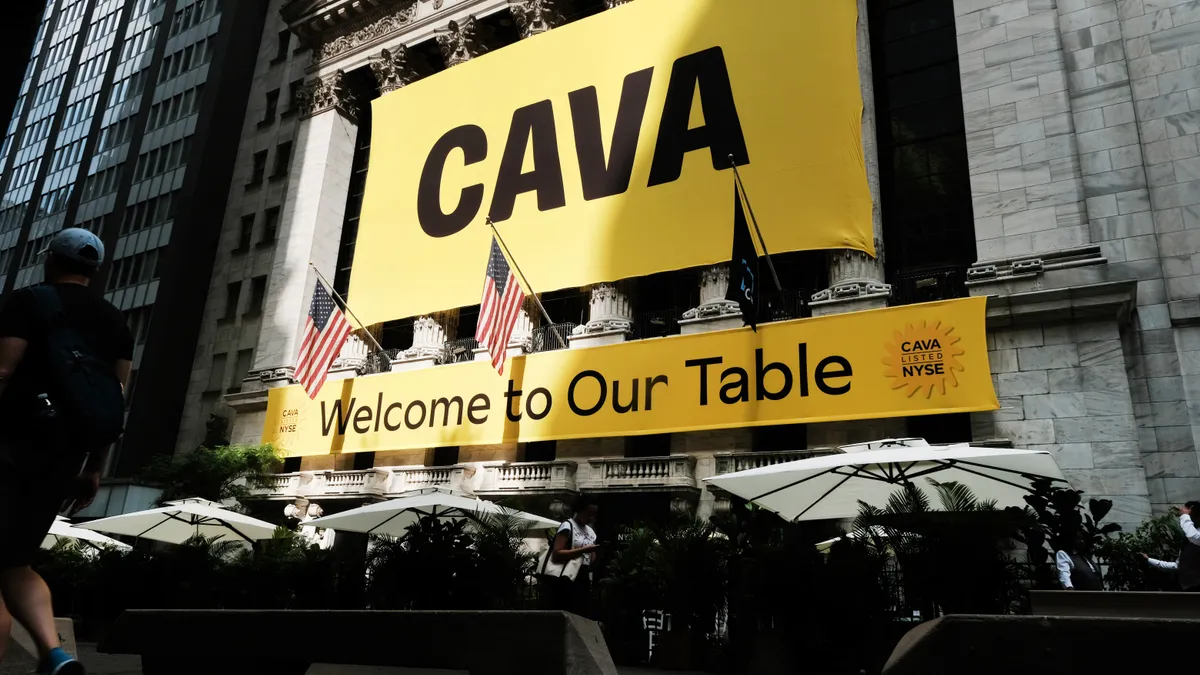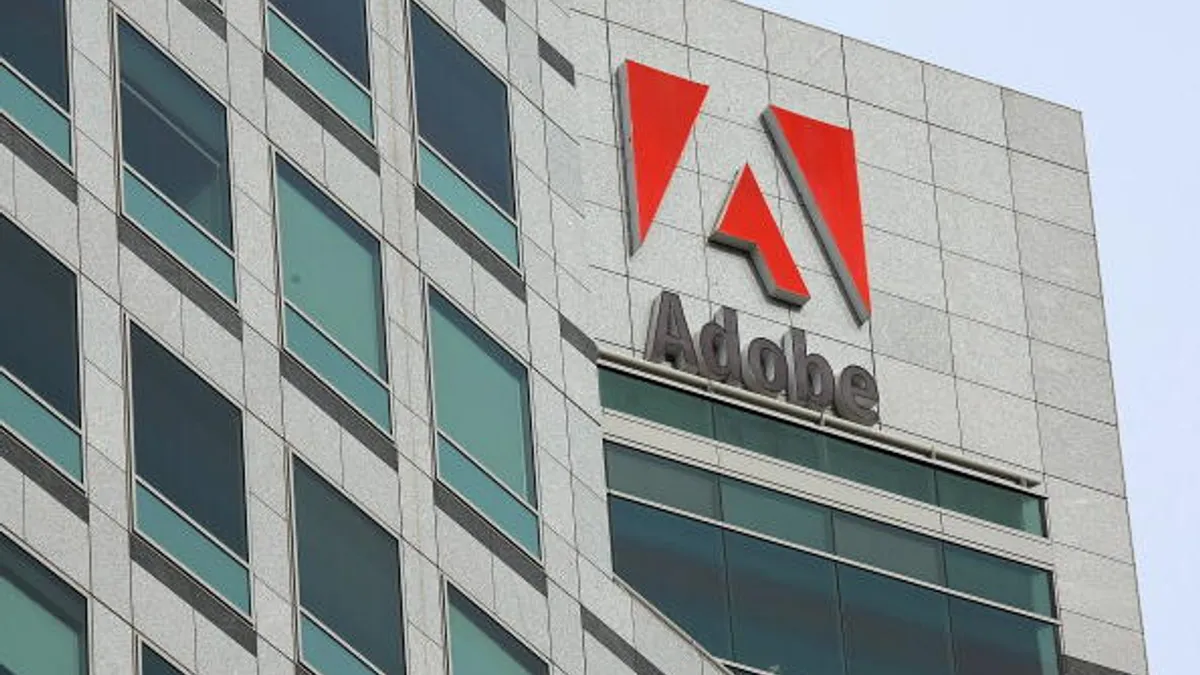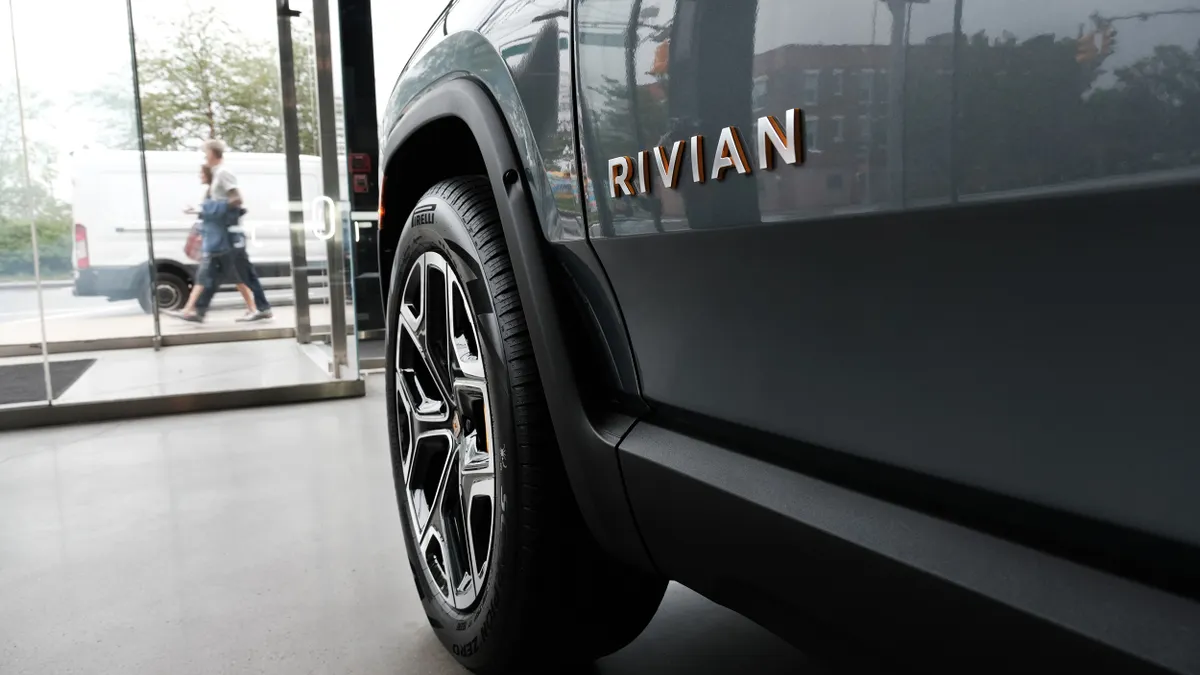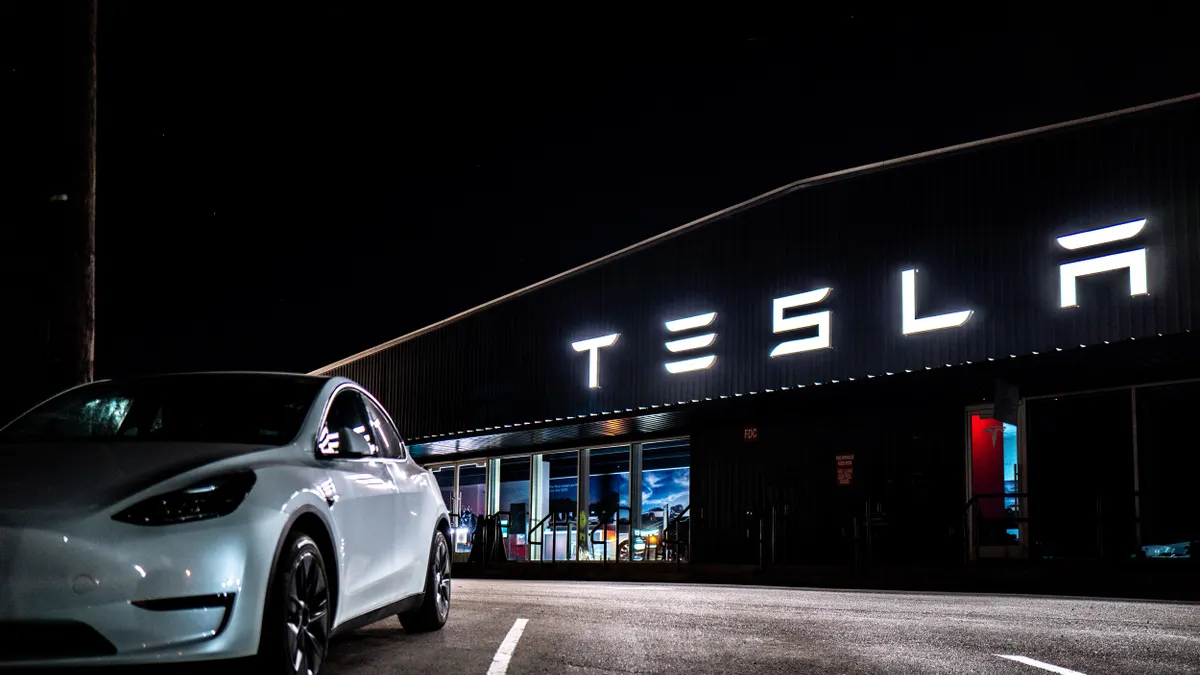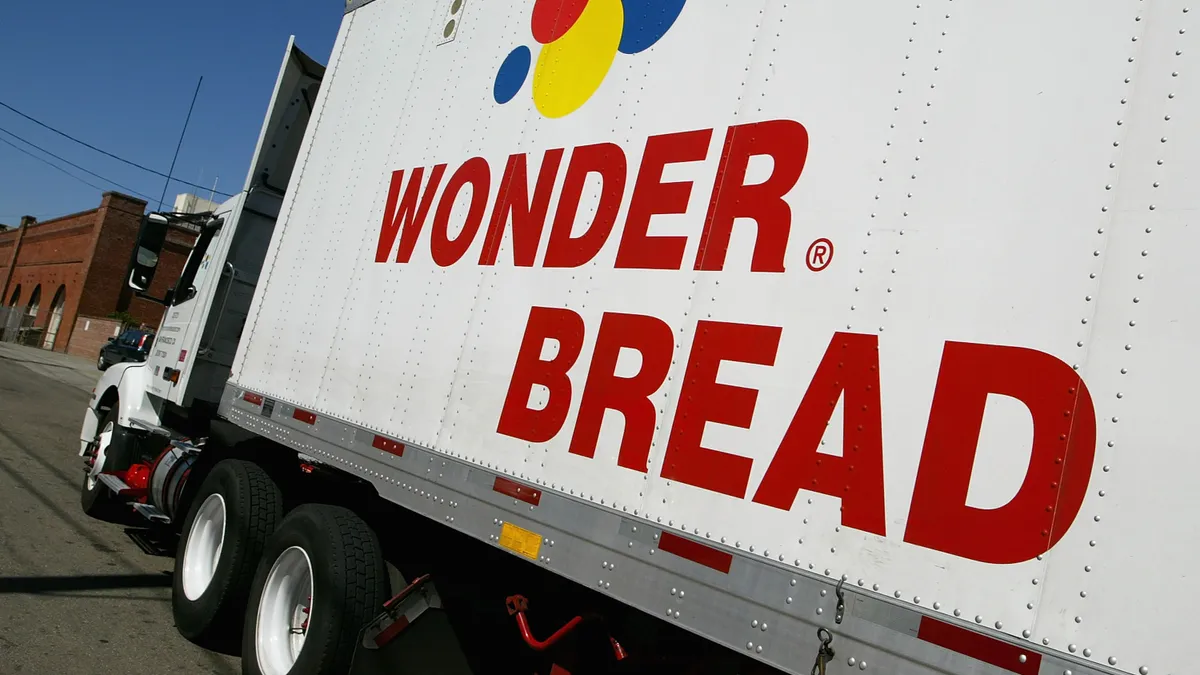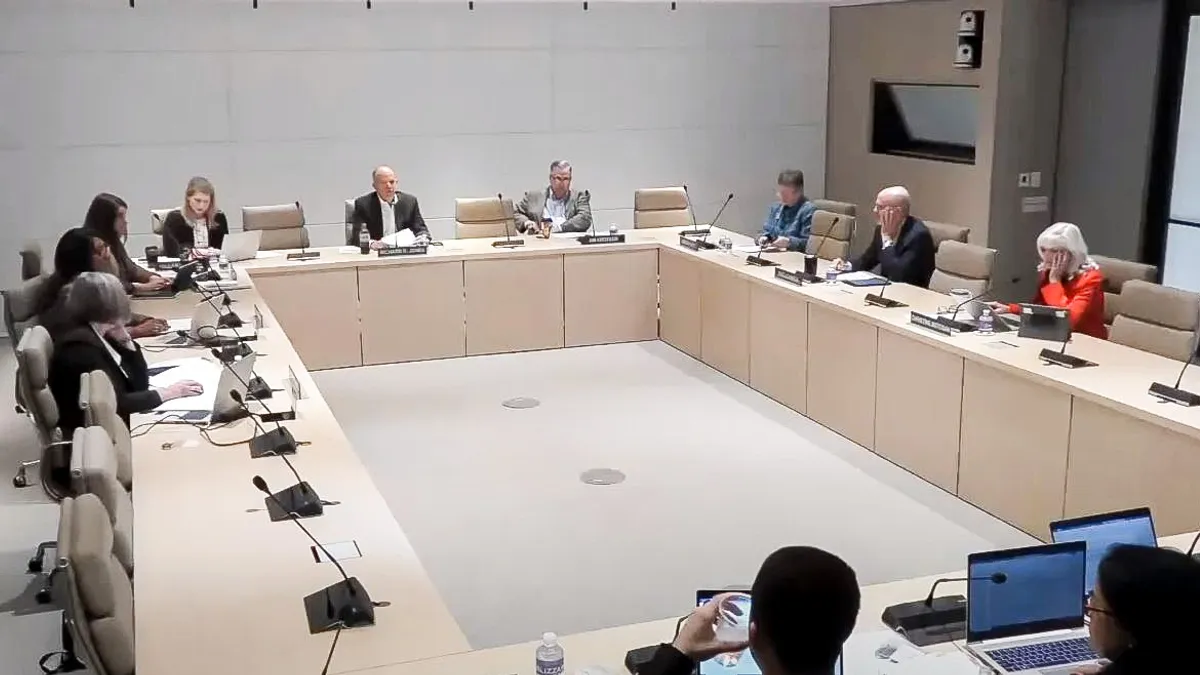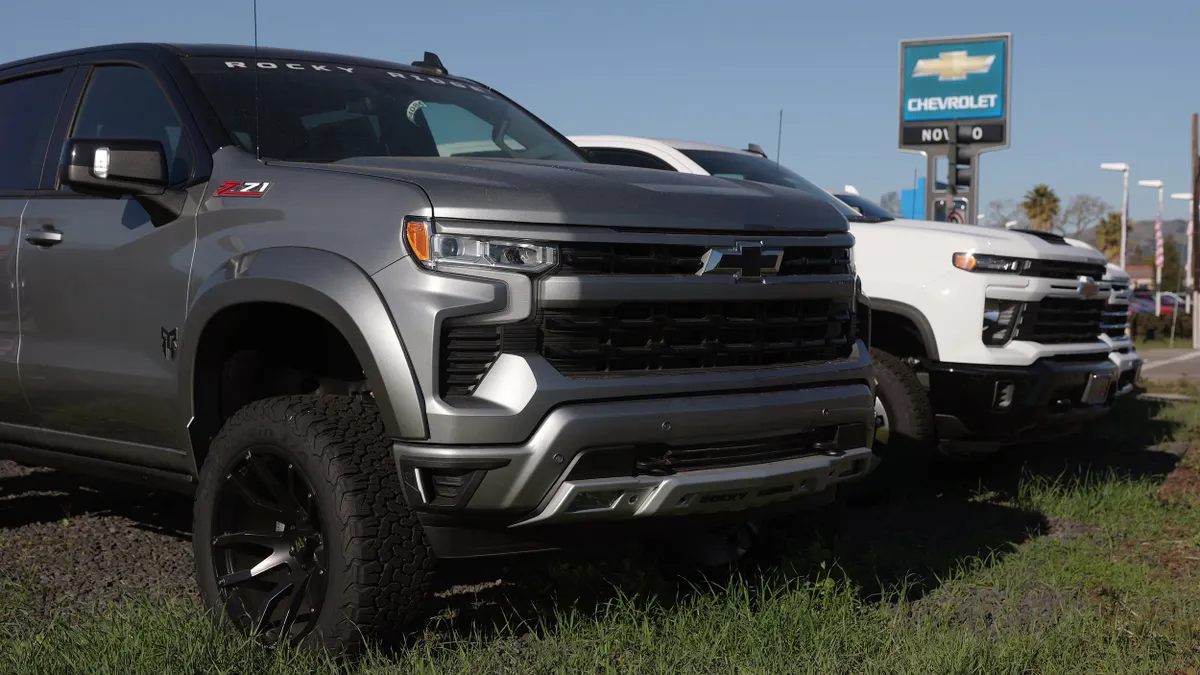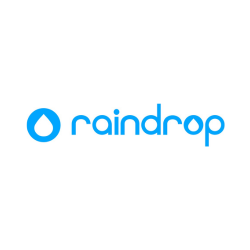When fast-casual restaurant chain Cava went public in June — raising $318 million and vaulting to unicorn status at a valuation of approximately $4.7 billion — some investors seized on its success as a promising green shoot in yet another moribund year for IPOs.
For Cava, however, the IPO itself was “not a destination, it was just another step in our journey,” said CFO Tricia Tolivar. Still, the Mediterranean fast-casual restaurant chain’s path to going public required extensive preparation over the course of about 18 to 24 months, Tolivar said.
“We conducted five mock earnings calls, we prepared ourselves as if we were public,” Tolivar said in an interview. “We drafted earnings releases, drafted scripts, prepared mock public filings, and that really prepared us very well so that when we went public we weren't doing a lot of things for the first time.”
Tolivar joined the Washington, D.C.-based company in 2020 in its top financial seat, having previously served as CFO for health and wellness company GNC, according to her LinkedIn profile. Her previous roles also include several positions at Big Four firm Ernst & Young over a seven year span, including as director of finance, as well as various vice president roles at AutoZone.
Practice makes perfect
Cava went public at a time when IPOs were in the midst of another down year, albeit one with more kick than 2022. High profile IPOs for companies such as Instacart and Arm Holdings, as well as Cava, represented signs of life returning to the space in the latter half of last year, CFO Dive previously reported.
Cava’s IPO also contributed to a surge of renewed interest in the fast-casual space as the restaurant jostled with competitors including Sweetgreen and Chipotle, as well as speculation that its IPO — which reaped about $30 million more than expected — set too high a bar for Cava to clear, Reuters reported at the time.
For the restaurant brand itself, the focus throughout its IPO path was on ensuring the business was “operating in a very consistent, predictable way, delivering on our commitments and making sure we did that whether we were public or private,” Tolivar said.
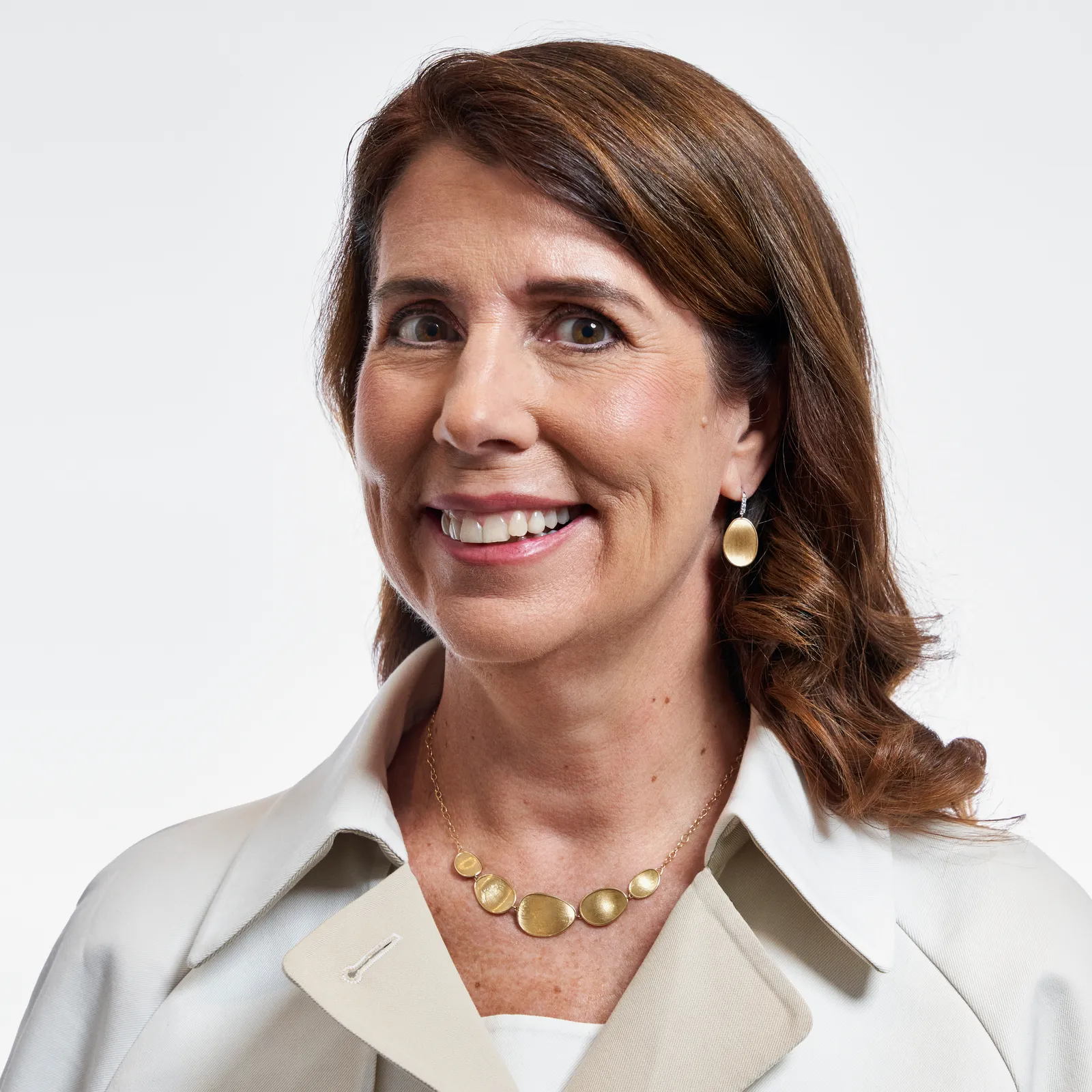
In addition to making sure Cava was ready to operate as a public entity, the company also did a lot of its hiring ahead of time, she said.
“That is one of the things our board has been really thoughtful about is, we're always thinking ahead,” she said, with leadership focusing on understanding what would need to be done two or three years in the future and executing on that in the present to avoid playing catchup.
That included identifying needed talent in areas like finance. Prior to going public, Cava hired a senior leader to lead both its FP&A team and investor relations, as well as a chief accounting officer, Tolivar said. Since she joined the company, Cava has also expanded its FP&A team, growing from two employees when she started in the CFO role to more than six or seven, she said.
“Right now, we're investing from an internal audit perspective, leveraging a third party,” Tolivar said of the finance team’s future expansion. “So that's an area where I see, over time…we could possibly bring pieces of it in house, but that's something we haven't done yet. And we've consciously decided to wait and leverage our third party resources to do that.”
The team’s extensive preparation allowed Cava to respond effectively to surprises that cropped up after going public — for example, information regarding its results for its most recent quarter was reported ahead of its earnings call, according to a report by CNBC. The team “had to quickly pivot and release our earnings almost a day earlier than we had intended,” Tolivar said.
“Luckily, the team was well prepared and so we were able to adjust and pivot quickly so that we weren't leaving the public confused about anything that was going on,” she said.
Charting a path to expansion
The fast-casual chain has continued to see strong growth in the months since its public debut. For its full-year fiscal 2023, Cava opened 72 net new restaurants, the company reported. Revenue grew 59.8% to reach $717.1 million in fiscal 2023, compared to $448.6 million in 2022, with same restaurant sales expanding by 17.9%.
As with other players in the food and restaurant industries, the company will also need to weather ongoing macroeconomic pressures on its path to continued growth, such as a tight labor market and inflation that is squeezing both consumers’ spending while bolstering the prices of food. Cava, which paid a starting $13 wage for its workers in 2016, has hiked wages to remain competitive when attracting labor, Tolivar said, including an incremental wage increase of 8% in its third quarter. Currently, wages at Cava range between $17.31 to $19.71, according to data from ZipRecruiter.
As far as managing inflation, Cava has historically hiked menu prices between 2% and 3% annually, something Tolivar does not see changing in the future, she said. The company does not have any future price increases planned for the year at this time, she said.
For the upcoming year, Cava is focusing on continuing to grow its footprint across the country, including investing in opening new restaurants that are “performing well from an investment perspective,” Tolivar said. Its strategy for the next year also includes engaging with diners further via its loyalty program and other products, she said.
“We've invested in our foundation for growth,” Tolivar said. “So we've got the infrastructure, we need to be able to grow and scale, and now we're finding even more and more that Cava can continue to perform in a meaningful way.”



